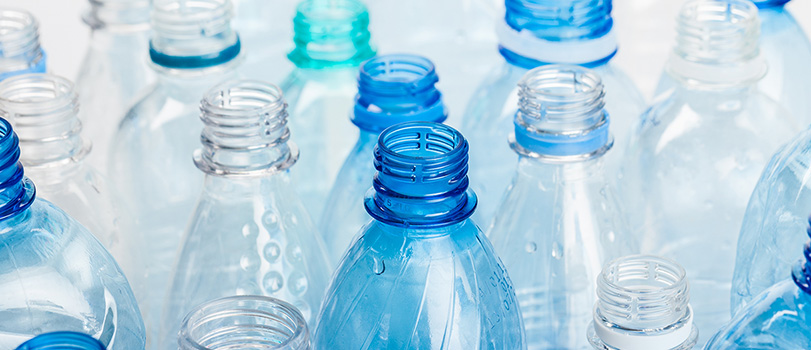South Korean Study Indicates that Food Contact Plastic Materials are Properly Controlled by Existing Regulations

A South Korean study published on June 25, 2021 in Food and Chemical Toxicology reported the results of overall and specific migration testing of various food contact plastic materials using food simulants. The data indicate that the minimal migration of evaluated substances from plastic food packaging and their corresponding dietary concentrations pose no significant human health or safety concerns.
The authors of the report, scientists from the Republic of Korea’s Ministry of Food and Drug Safety, analyzed a total of 344 samples of plastic food contact articles, including cups, bags, containers, and bottles, which were collected online and from the Korean food market. The types of plastics evaluated include polypropylene (PP), polyethylene (PE), polyethylene terephthalate (PET), poly(1,4-cyclohexylenedimethyl) terephthalate (PCT), polylactide (PLA), polybutylene terephthalate (PBT), and cross-linked polyester. Migration experiments were performed in triplicate using 4% acetic acid, water, and n-heptane as simulants representing acidic, aqueous, and fatty foods, respectively. The times and temperatures used for testing in the various simulants followed the recommended test methods and specifications for utensils, containers, and packaging in Korea.
The authors measured overall migration from each of the seven types of plastics analyzed. The study showed that the overall migration in all cases complied with the regulatory limit of 30 mg/L for plastic food contact materials in South Korea.
Specific migration was assessed for acetaldehyde, 1,4-butanediol, terephthalic acid, and lead. Exposure assessments for these substances were carried out using methods applied by both the Ministry of Food and Drug Safety in Korea (MFDS) and the U.S. Food and Drug Administration (FDA). Weighted migration was determined by applying food-type distribution factors to the specific migration results in the various food simulants, and the corresponding dietary concentrations to each analyte was determined by applying an appropriate consumption factor for the particular plastic material to the weighted migration level. The estimated daily intake EDI) was determined through consideration of the consumption information relative to body weight. By comparing the estimated daily intake with “health-based guidance values, such as tolerable daily intake,” the scientists were able to draw conclusions on the materials’ safety. A margin of exposure approach was used in the case of lead.
Based on the study, the authors consider the dietary exposures to the four specifically analyzed substances to be safe according to Korean and U.S. regulatory criteria. The report thus concluded that food contact plastic materials “are properly controlled by the regulatory authorities.”